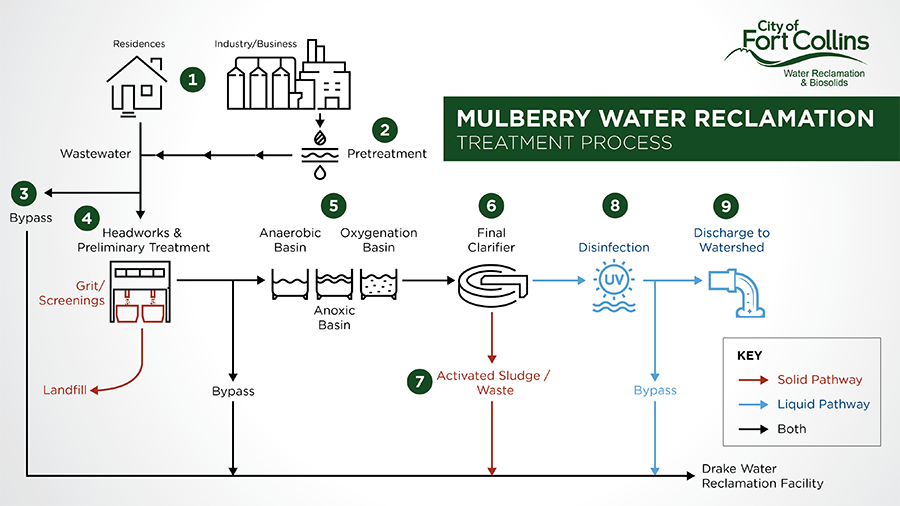Mulberry Water Reclamation Facility#
The Mulberry Water Reclamation Facility has the capacity to treat six million gallons of wastewater per day. It is a highly-automated facility with programmable logic controllers for automation and process management. The facility has an odor control system due to its proximity to the city that includes a carbon filter with carbon polishing. Treated water is discharged to the Cache la Poudre River.
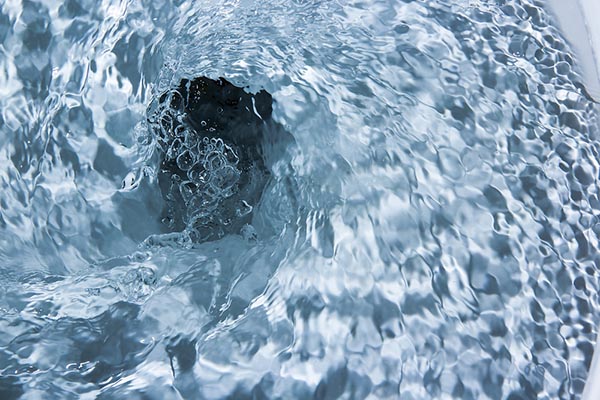
1 | Collection
Water poured or flushed down the drain within the Fort Collins Utilities’ collection system travels to the Drake or Mulberry water reclamation facilities for treatment.
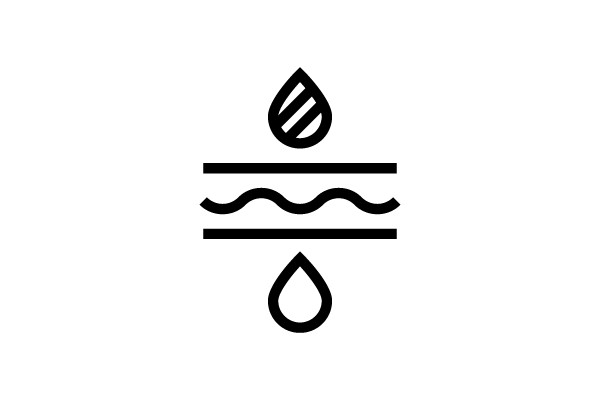
2 | Industrial Pretreatment
Wastewater generated from businesses and industry is regulated by the Industrial Pretreatment Program before it enters the collection system. This program ensures that wastewater is treated properly, helping protect the water reclamation facility treatment processes and equipment, employees and the environment from any potentially harmful pollutants.
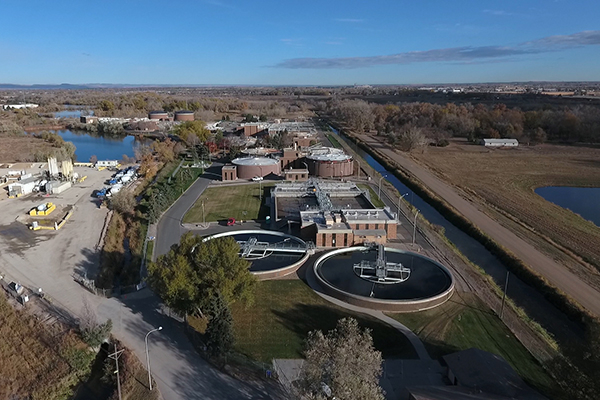
3 | Facility Bypass
Since Mulberry is a lower capacity facility, it is not uncommon that we will bypass it and send wastewater to the Drake facility to be treated. There are several points throughout the process where we can divert and bypass the flow from Mulberry to Drake for process control or in case of an emergency. If the flow is particularly high, we will not bypass the wastewater and instead treat it at Mulberry in combination with Drake.
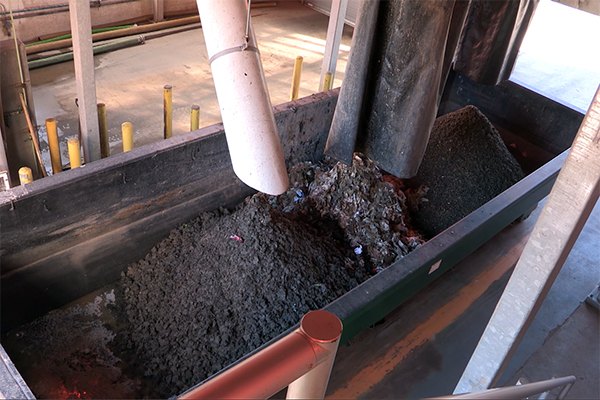
4 | Headworks
Our headworks building uses bar screens and grit removal systems to remove solids, trash or other objects that may interfere with downstream processes. Separated material is sent to the landfill.
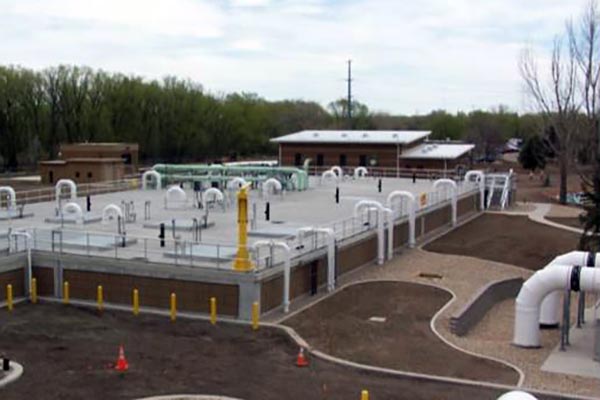
5 | Anaerobic / Anoxic / Oxygenation Processes
Unlike the Drake facility process flow, our Mulberry facility does not use a primary clarifier and water travels directly from Headworks to the A2O (anaerobic, anoxic, oxygenation) process. This three-phase process uses microorganisms to remove nutrients like phosphorus and nitrogen from the effluent. The microorganisms involved in this process are called activated sludge.
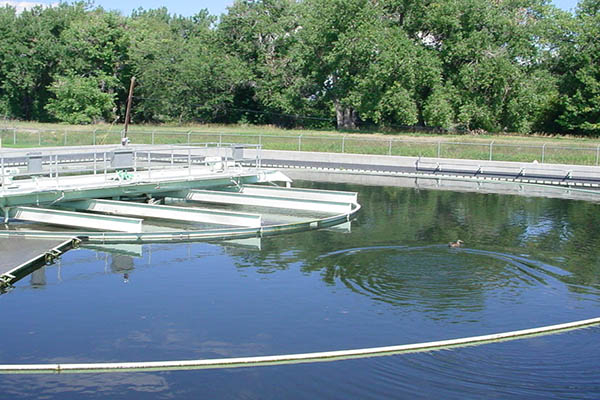
6 | Final Clarifier
The final clarifier settles out remaining sediment and activated sludge. Some sludge is returned and reused in the A2O process and some is “wasted” and sent to the Drake facility for treatment.
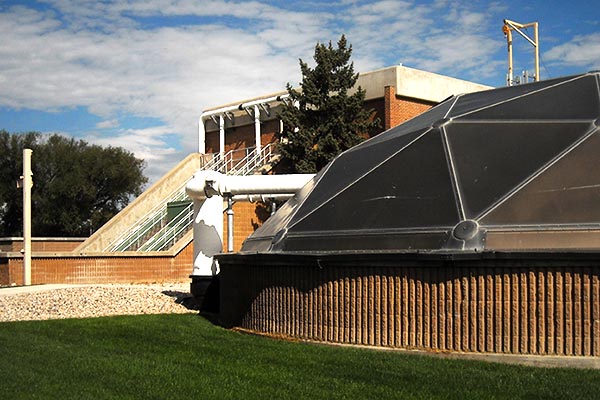
7 | Activated Sludge
The remaining sediment and sludge removed from our secondary clarifier is called waste activated sludge. We move this sludge through our bypass lines back to the Drake facility, where it can be treated and de-watered for land application at Meadow Springs Ranch.
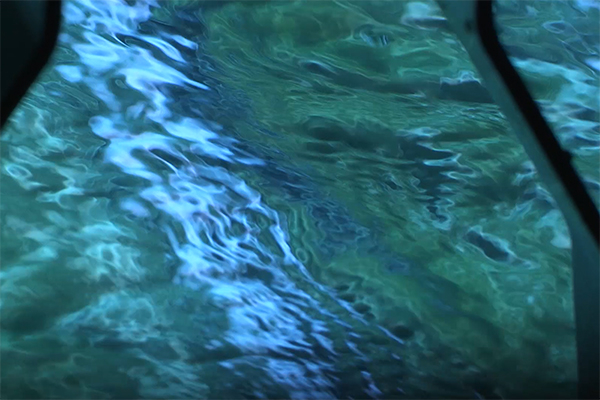
8 | Disinfection
In the last treatment step, water leaves the final clarifier and flows past UV lightbulbs for disinfection. UV light instantly destroys harmful pathogens without any chemicals to ensure water is safe to discharge into surface water.
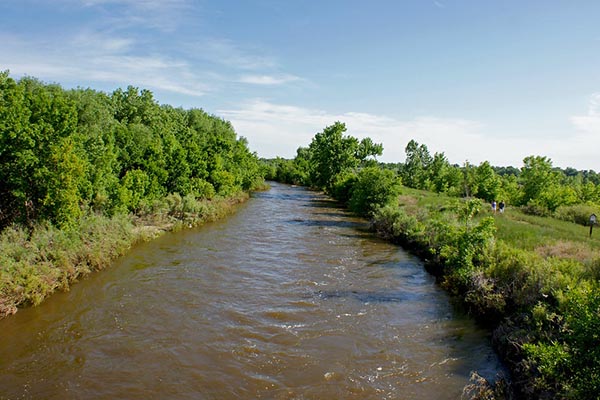
9 | Discharge
The treated wastewater is released back into the environment. The Mulberry facility discharges into the Cache la Poudre River.
Did You Know?
Turning off lights and appliances when not in use saves energy
Pouring cooled fats, oils and grease (FOG) into a sealable container and putting it in the trash or taking used oil to a recycling center can help prevent costly sewer backups.
You can save water by installing WaterSense showerheads.
